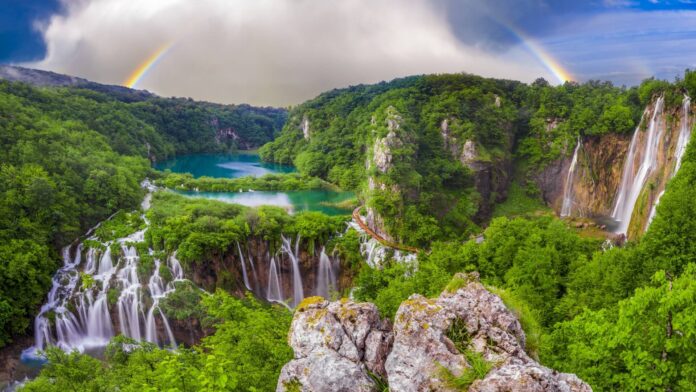Are you ready to journey to some of the world’s most unusual and lesser-known places? As we venture out into the world, we are constantly surrounded by the familiar and the well-known. But what about the places that lie off the beaten path, hidden away from the crowds and the tourist trails? These places hold our planet’s greatest mysteries and wonders, and only by venturing out into the unknown can we truly discover the full extent of their beauty and significance.
These places will inspire us, challenge us, and remind us of the boundless possibilities that exist on our planet. So come with us as we journey to the world’s most unusual and lesser-known places and discover the hidden wonders that await us.
- The Catacombs of Paris, France:
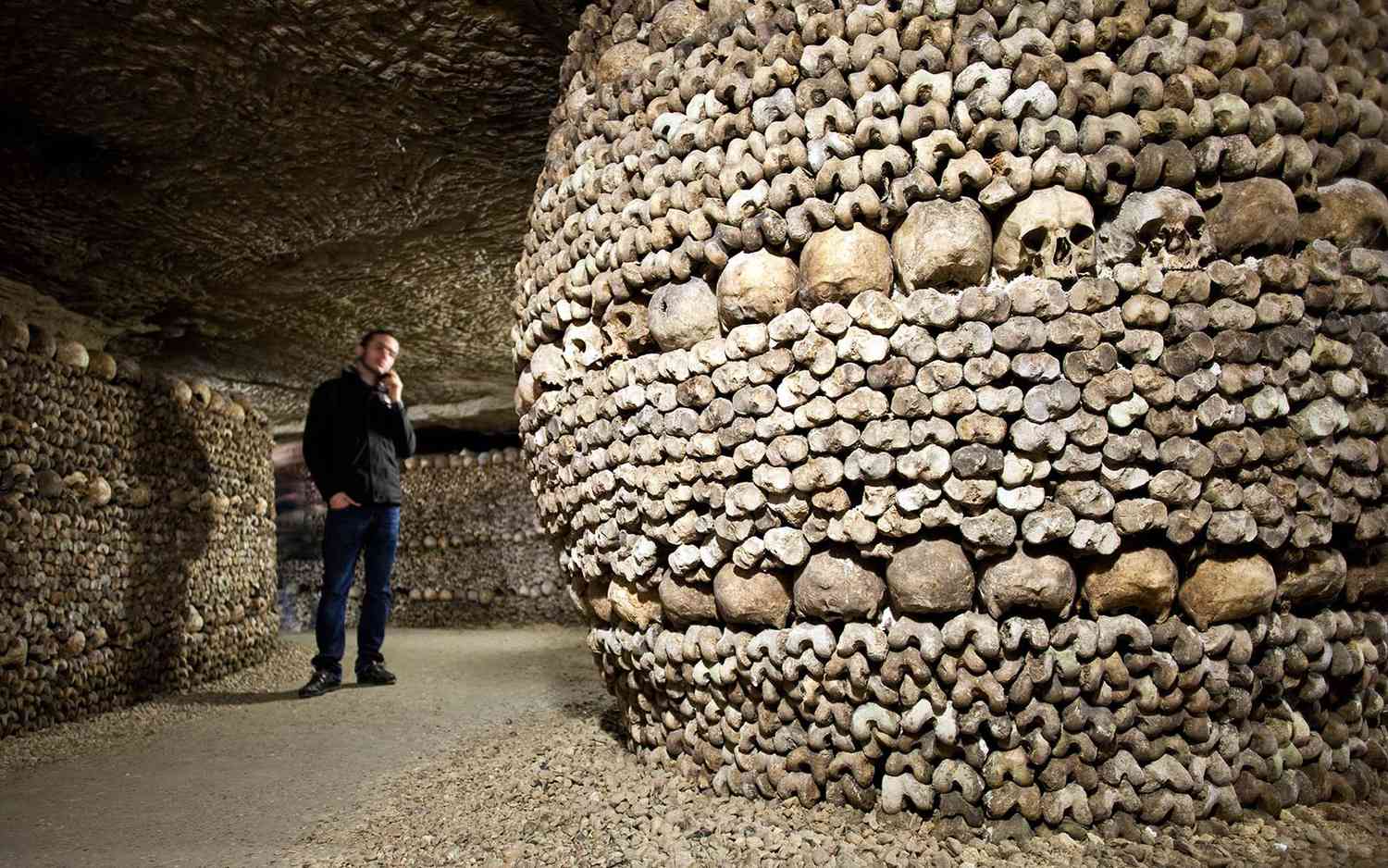
Img src – travelandleisure.com
These underground tunnels and burial chambers are located in Paris, France, and are a popular tourist attraction. They were originally used as a limestone quarry, but were converted into a burial site in the 18th century due to the lack of space in the city’s cemeteries. The catacombs contain the remains of over six million people and are arranged in a series of tunnels and chambers that stretch for over 200 miles. The catacombs are open to the public and can be visited on guided tours.
- The Door to Hell, Turkmenistan:
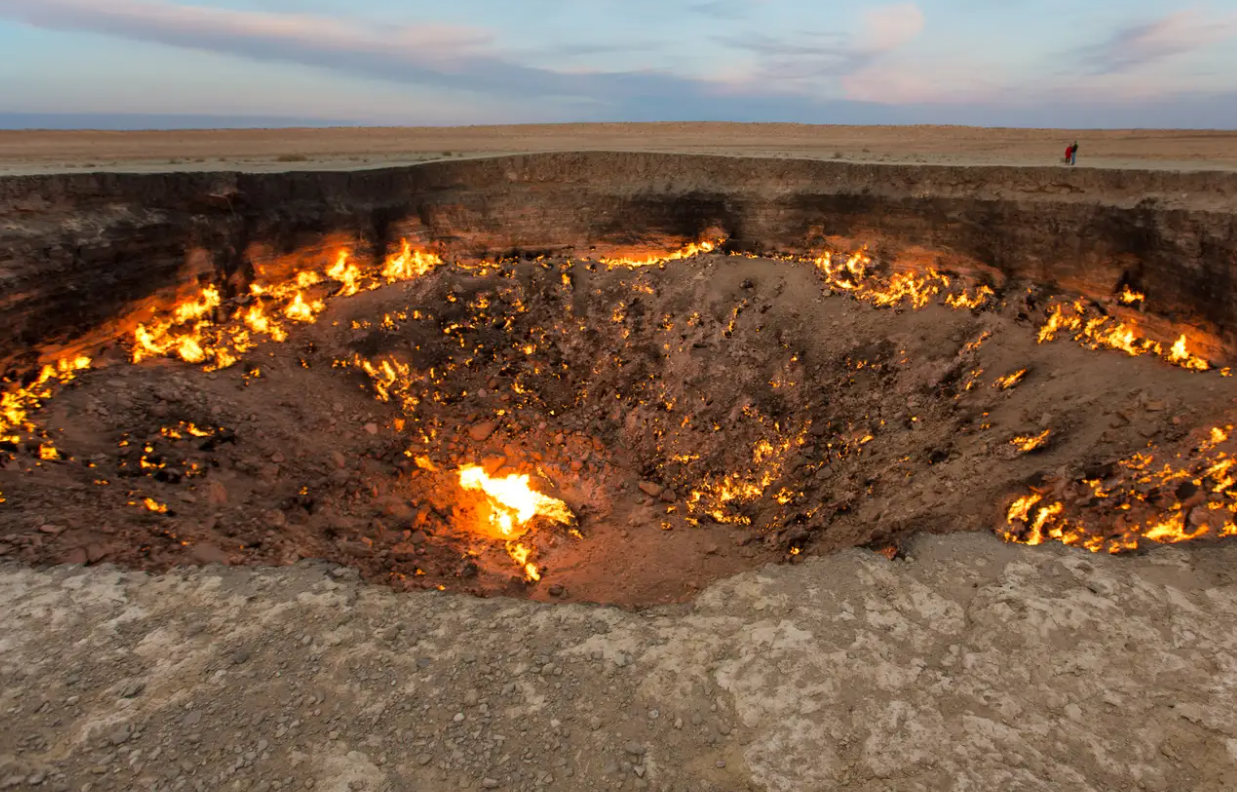
Img src – insider.com
The Door to Hell is a natural gas field in the Karakum Desert of Turkmenistan. It has been burning continuously since it was discovered in 1971, when a drilling rig collapsed, causing the release of large amounts of methane gas. The flames, which can reach up to 100 feet in height, are a result of the high levels of methane gas present in the area. Despite efforts to extinguish the flames, they continue to burn and have become a popular tourist attraction.
- The Hang Son Doong Cave, Vietnam:
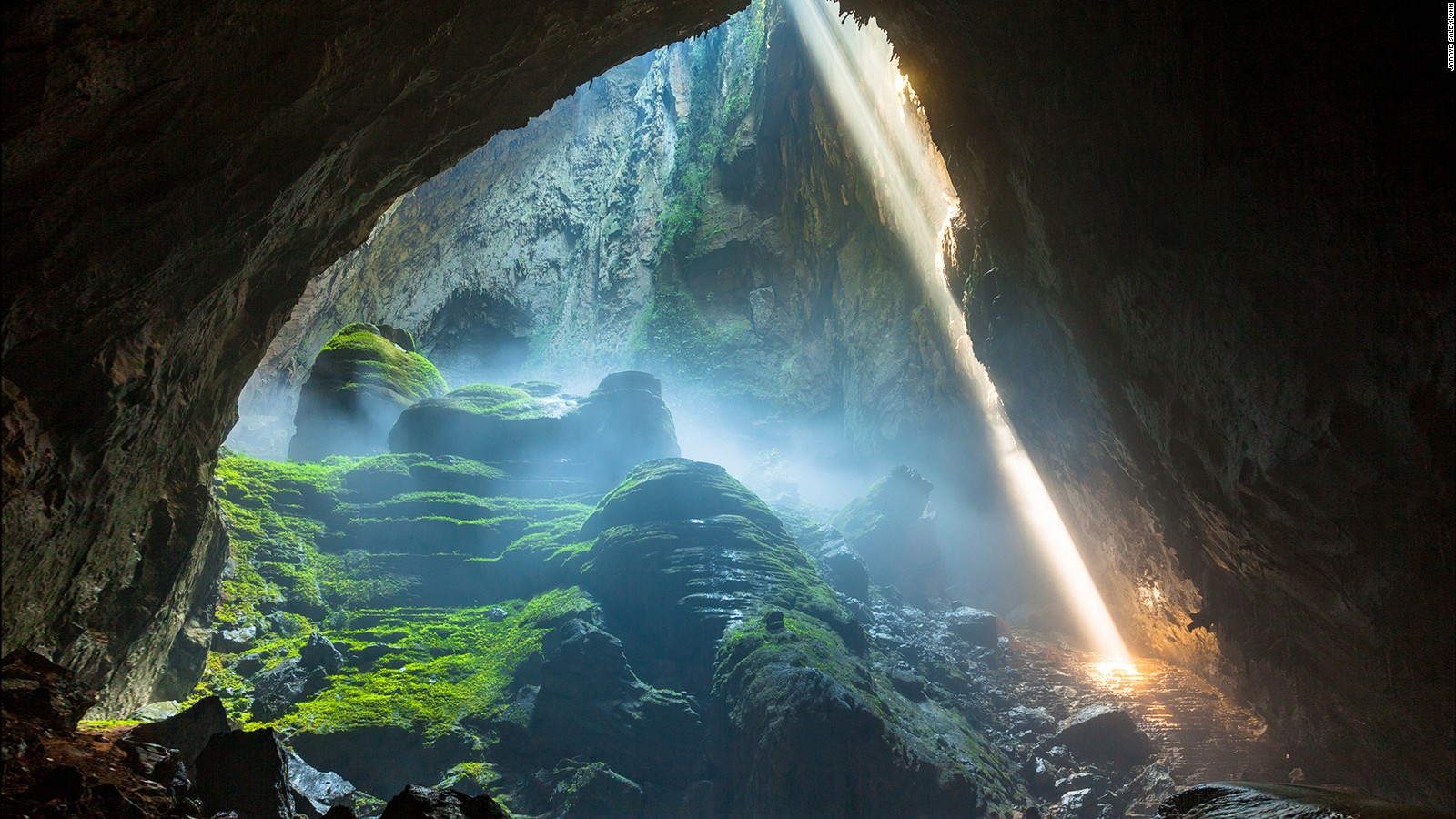
Img src – CNN.com
The Hang Son Doong Cave is the largest known cave in the world and is located in Vietnam. It was discovered in 1990 but was not fully explored until 2009. The cave is over 200 feet tall, five miles long, and contains a network of chambers and passageways. It is known for its unique geology and the diverse ecosystem that exists within it, including plants, animals, and fungi. The cave is not open to the public, but guided tours are available for those who wish to explore it.
- The Salar de Uyuni, Bolivia:
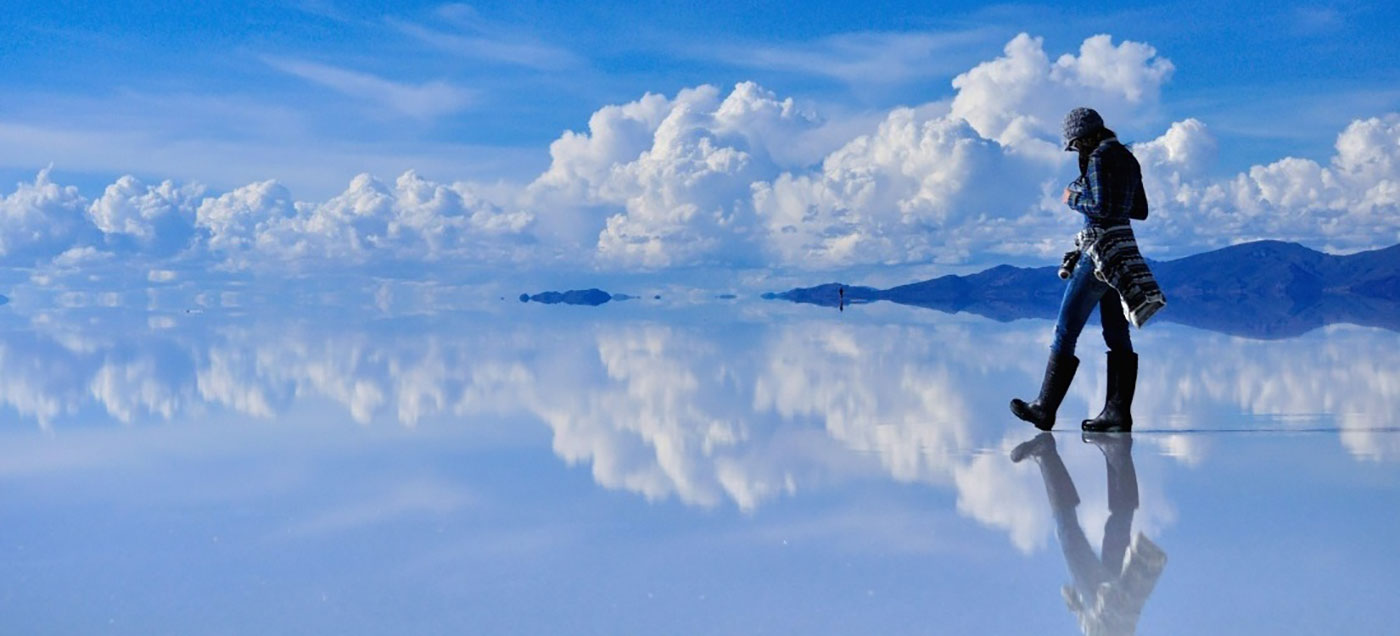
Img src – dereklow.com
The Salar de Uyuni is a vast salt flat in the Andes Mountains of Bolivia. It is the largest salt flat in the world, covering an area of over 4,000 square miles. It is known for its otherworldly landscapes and mirror-like reflections caused by the thin layer of water covering the surface of the salt flat during the rainy season. The salt flat is a popular tourist destination and is a place for scientific research.
- The Svalbard Global Seed Vault, Norway:
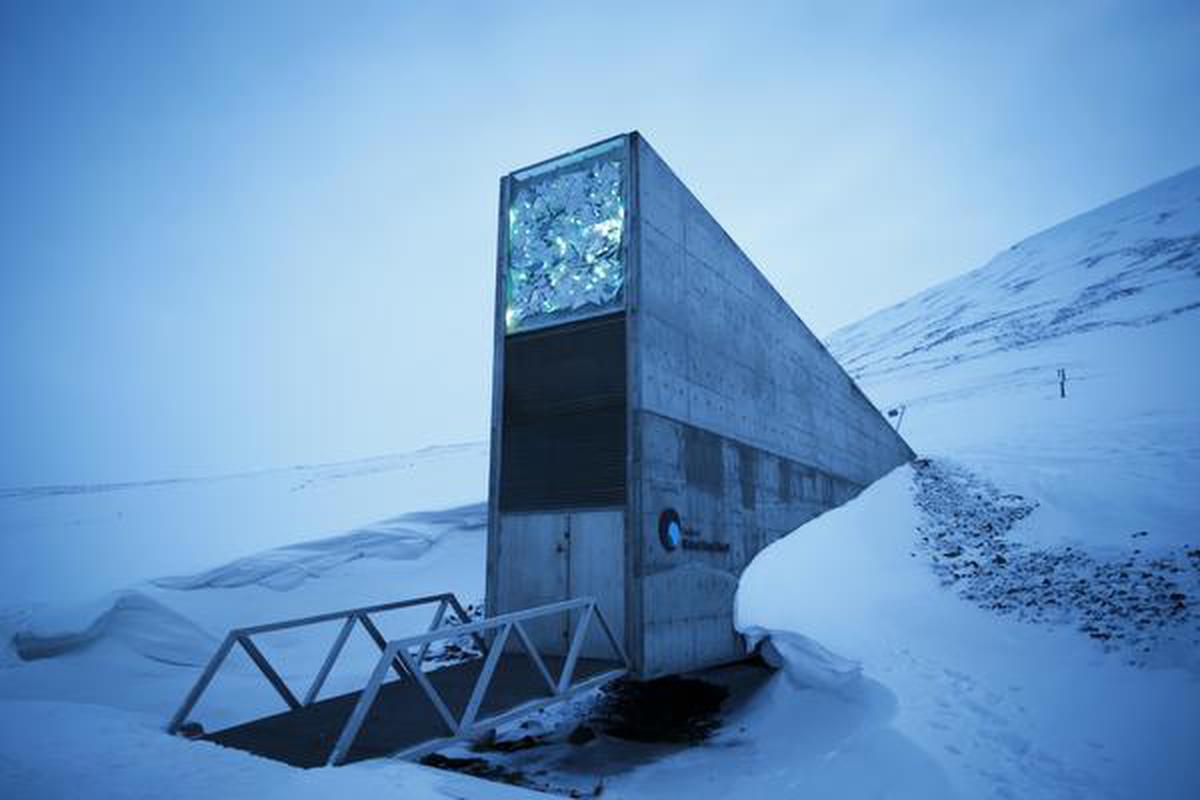
Img src – the hindu.com
The Svalbard Global Seed Vault is an underground facility located on the Norwegian island of Spitsbergen. It is designed to store and protect the world’s plant seeds in the event of a global disaster. The seed vault contains over 1.5 million seed samples from around the world, representing more than 4,000 plant species. The seed vault is not open to the public, but tours are available for those interested in learning more about it.
- The Tianzi Mountains, China:

Img src – google image
The Tianzi Mountains are a range of sandstone pillars located in the Zhangjiajie National Forest Park in China. The pillars are over 4,000 feet tall and are known for their unique shape and appearance. They were formed over millions of years through the erosion of the sandstone by wind and water. The Tianzi Mountains are a popular tourist destination known for their beauty and the many hiking and climbing opportunities they offer.
- The Nazca Lines, Peru:

Img src – machutravelperu.com
The Nazca Lines are ancient geoglyphs located in the Nazca Desert of Peru. They consist of large designs that were created by removing the top layer of rock to reveal the lighter-colored earth underneath. The lines are only visible from the air and are thought to have been created by the Nazca people between 500 BCE and 500 CE. The lines are a mystery to modern-day researchers, as their purpose and meaning are not fully understood. The Nazca Lines are a popular tourist attraction and can be viewed from the air on guided tours.
- The Rangiroa Atoll, French Polynesia:
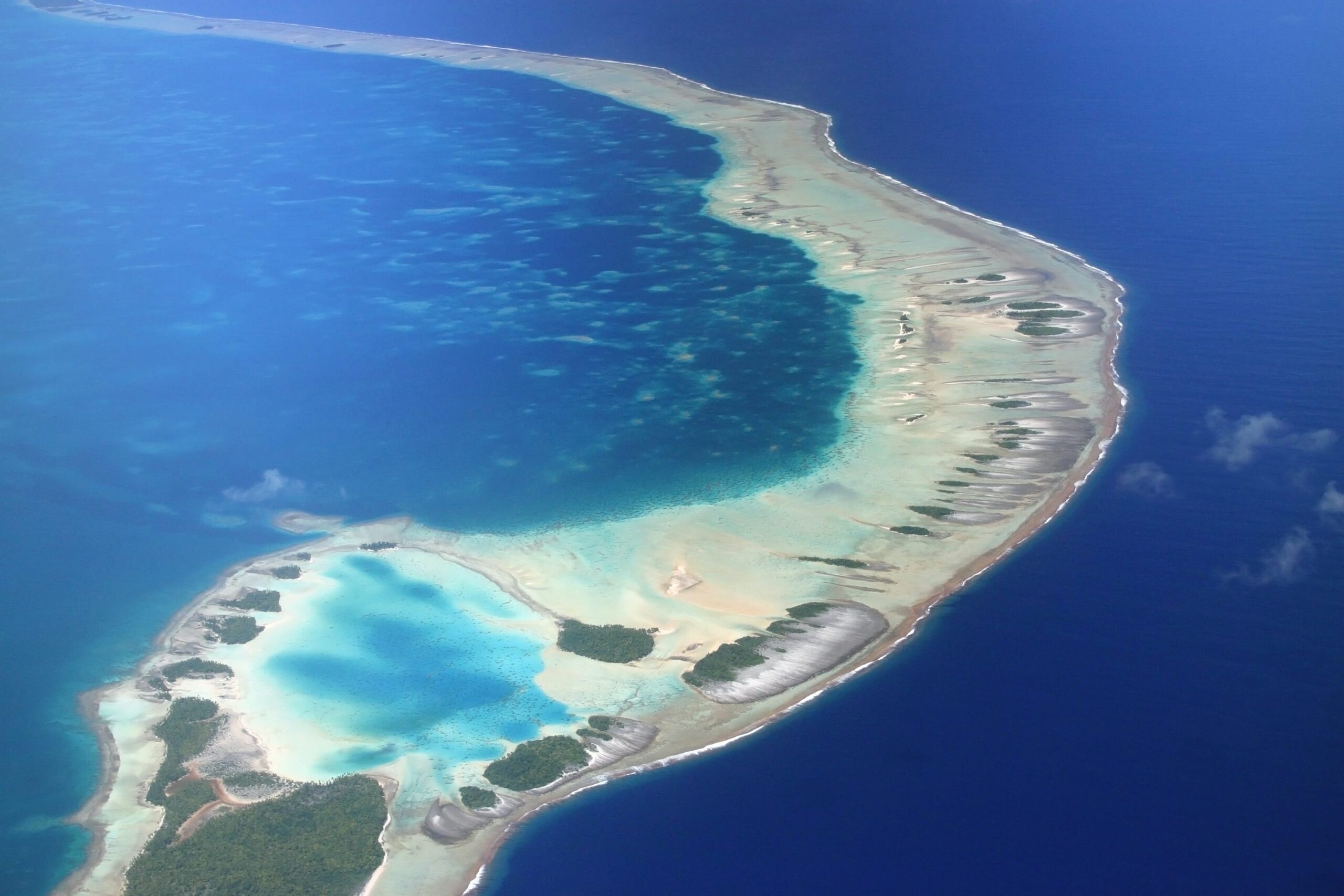
Img src -lonelyplanet.com
The Rangiroa Atoll is a ring-shaped coral reef located in the Pacific Ocean. It comprises over 250 small islands and is known for its crystal-clear waters and diverse marine life. The atoll is a popular spot for scuba diving and snorkeling, as well as for swimming and sunbathing.
- The La Brea Tar Pits, California:
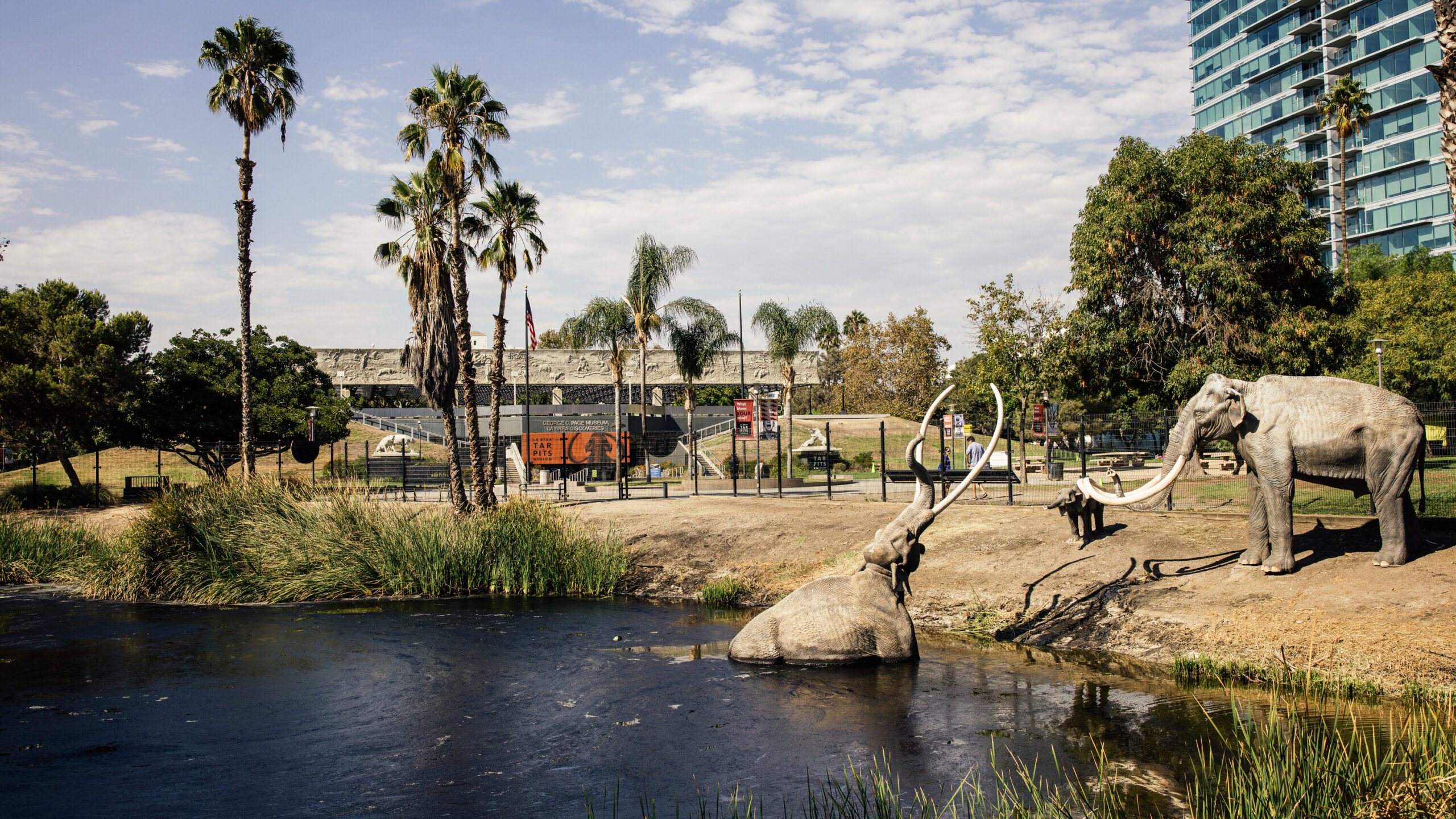
Img src – thenewyorktimes.com
The La Brea Tar Pits are a series of tar pits in Los Angeles, California. The tar pits are the result of oil seepage that has occurred over the course of thousands of years. They are home to the remains of over 3 million plants and animals trapped in the tar over 40,000 years. The tar pits are still active today and are a popular attraction for tourists.
- The Antelope Canyon, Arizona:

Img src – youtube.com
The Antelope Canyon is a narrow slot canyon in the Southwest United States. It was formed by the erosive action of water on sandstone and is known for its stunning orange and red rock formations. The canyon is a popular spot for photography and can be visited on guided tours.
- The Great Blue Hole, Belize:
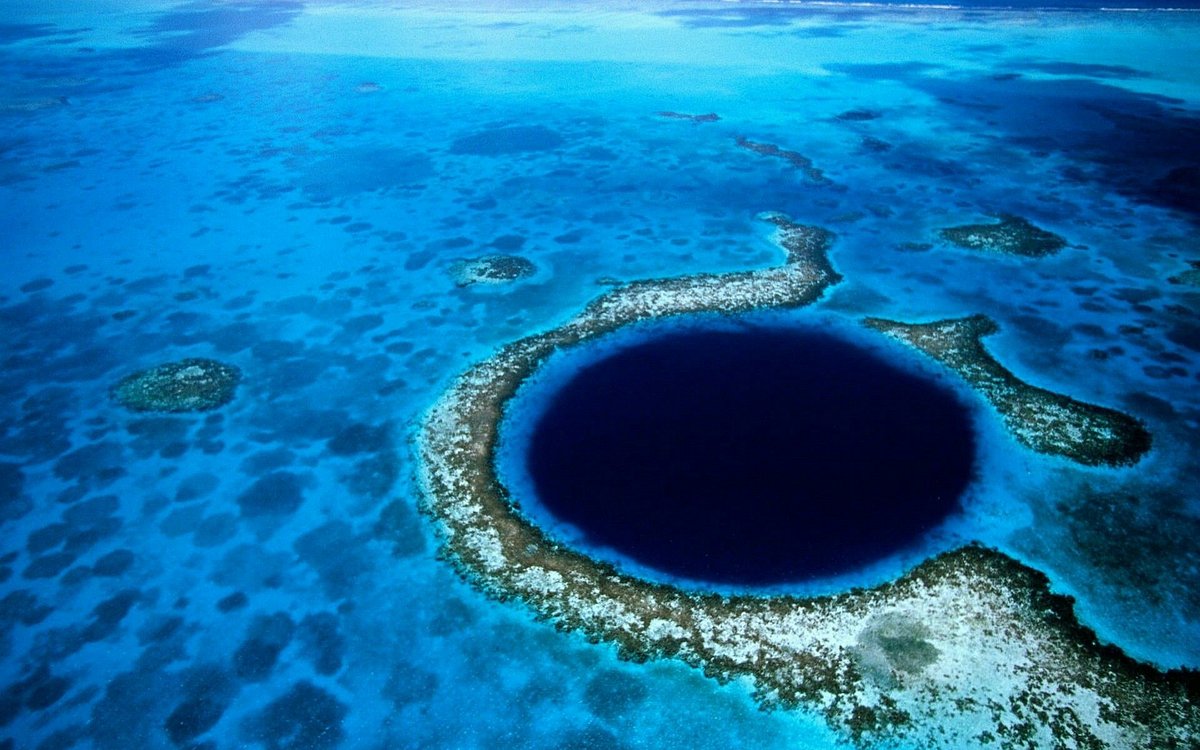
Img src – tripadvisor.com
The Great Blue Hole is a large underwater sinkhole located off the coast of Belize. It is over 400 feet deep and a popular spot for scuba diving due to its unique geological features and diverse marine life. The Great Blue Hole is part of the Belize Barrier Reef Reserve System, a UNESCO World Heritage Site. This place is a popular destination for scuba divers who explore its underwater caverns and see various marine life, including sharks, rays, and tropical fish. The sinkhole is also a popular spot for scientific research and is believed to contain valuable information about the geology and history of the region.
- The Waitomo Glowworm Caves, New Zealand:
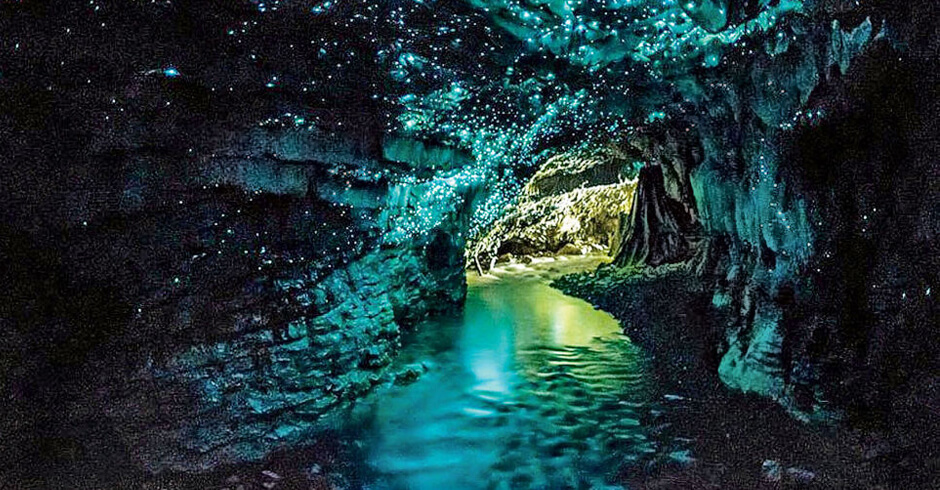
Img src – trullyexperiences.com
The Waitomo Glowworm Caves are a series of underground caves located in the Waikato region of New Zealand’s North Island. They are famous for their population of Arachnocampa Luminosa, a species of glowworm that is native to New Zealand. These tiny worms produce bright, glowing light to attract insects, which they then capture and eat. The result is a stunning display of glowing lights within the caves, visible to visitors on guided tours. The Waitomo Glowworm Caves are made up of a series of underground passages, chambers, and sinkholes. They are home to various other cave-dwelling creatures, including bats and insects.
- The Cano Cristales, Colombia:

Img src – thegeologypage.com
The Cano Cristales is a river in Colombia’s Serranía de la Macarena National Park. It is known as the “River of Five Colors” due to the vibrant hues of red, yellow, green, blue, and black that can be seen in its waters. The colors are caused by a variety of factors, including the presence of certain microorganisms and minerals. The Cano Cristales is a popular tourist destination and can be visited on guided tours.
- The Perito Moreno Glacier, Argentina:

Img src – adventuresoflilnicki.com
The Perito Moreno Glacier is a massive glacier located in the Patagonia region of Argentina. It is over 19 miles long and is one of the few glaciers in the world that is still growing. The glacier is known for its size and the unique ice formations that can be found here, and it is a popular tourist destination. Visitors can take guided tours to explore the glacier and learn about its history and geology.
- The Kalaupapa Peninsula, Hawaii:
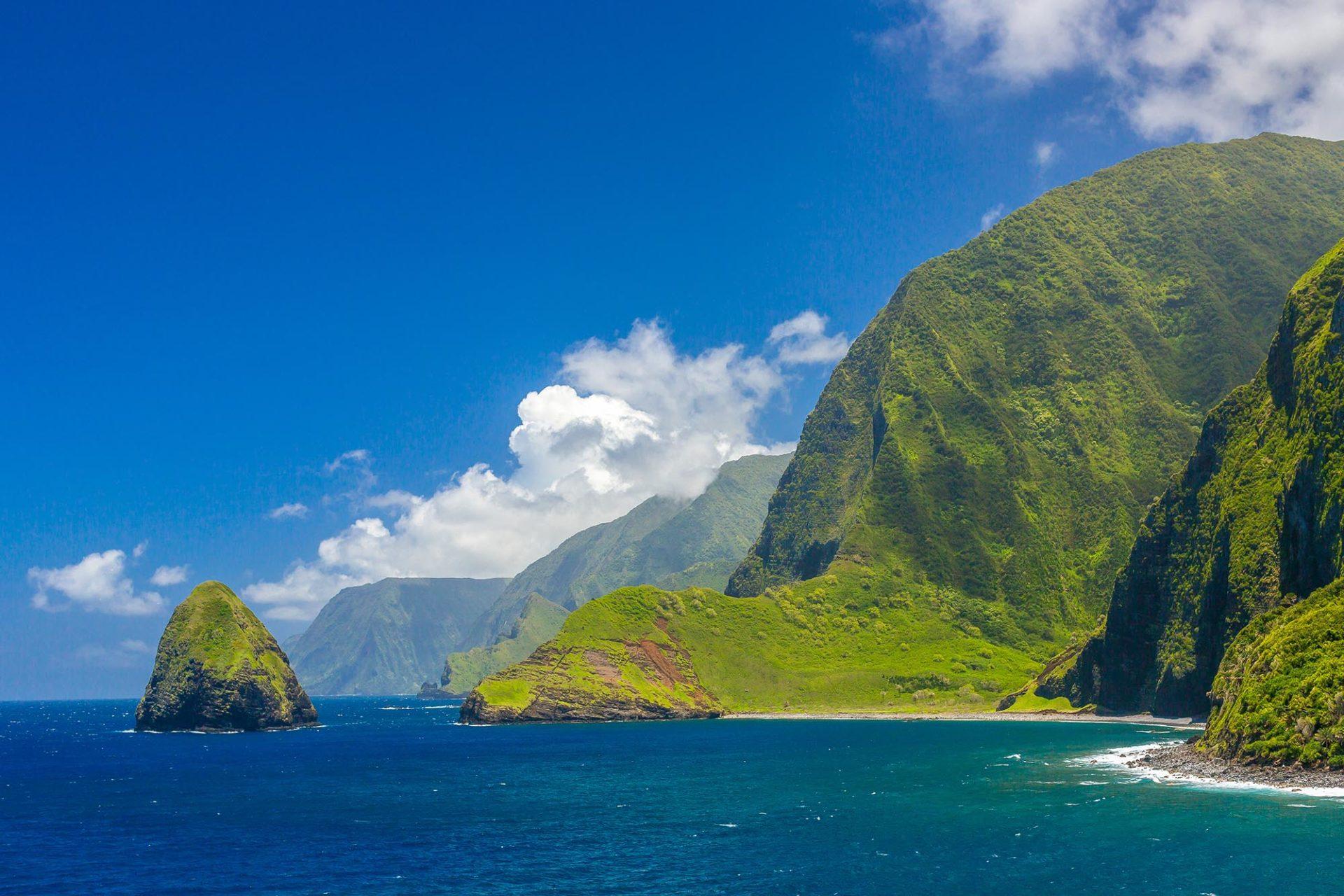
img src – wanderlustcrew.com
The Kalaupapa Peninsula is a small peninsula located on the island of Molokai in Hawaii. It is known for its history as a leper colony, where people with Hansen’s disease (leprosy) were forced to live in isolation from the rest of society. Today, the peninsula is a National Historical Park home to a small community of residents who have chosen to continue living there. Visitors can take guided tours to learn about the history of the peninsula and visit the graves of those who were once exiled there.
- The Tianmen Mountain, China:
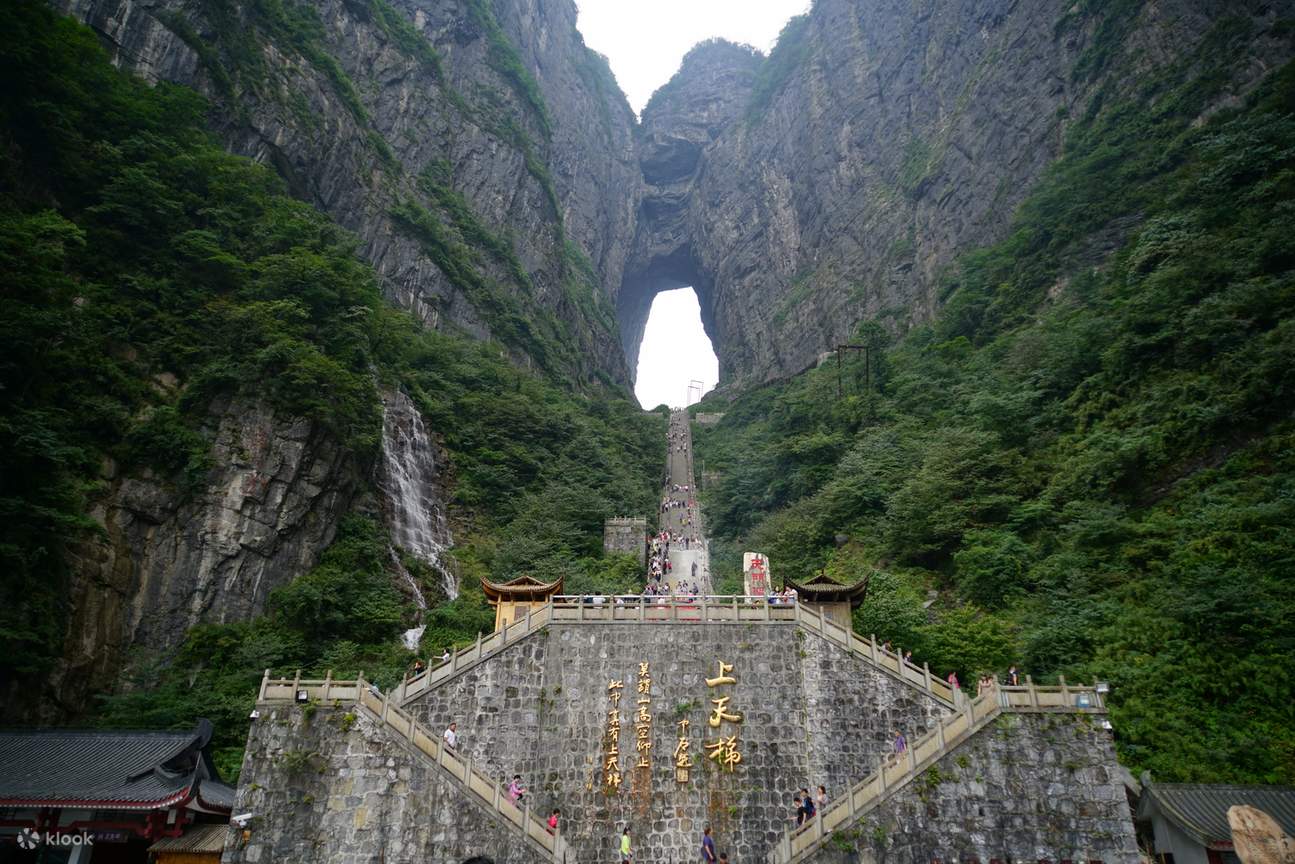
Img src – google image
The Tianmen Mountain is a mountain located in the Hunan province of China. It is known for its unique natural features, including the Tianmen Cave, a natural hole in the mountain that is over 130 feet tall and wide. The mountain is a popular tourist destination and is known for its many hiking and climbing trails. Visitors can also take a cable car to the top of the mountain to enjoy panoramic views of the surrounding landscape.
- The Richat Structure, Mauritania:
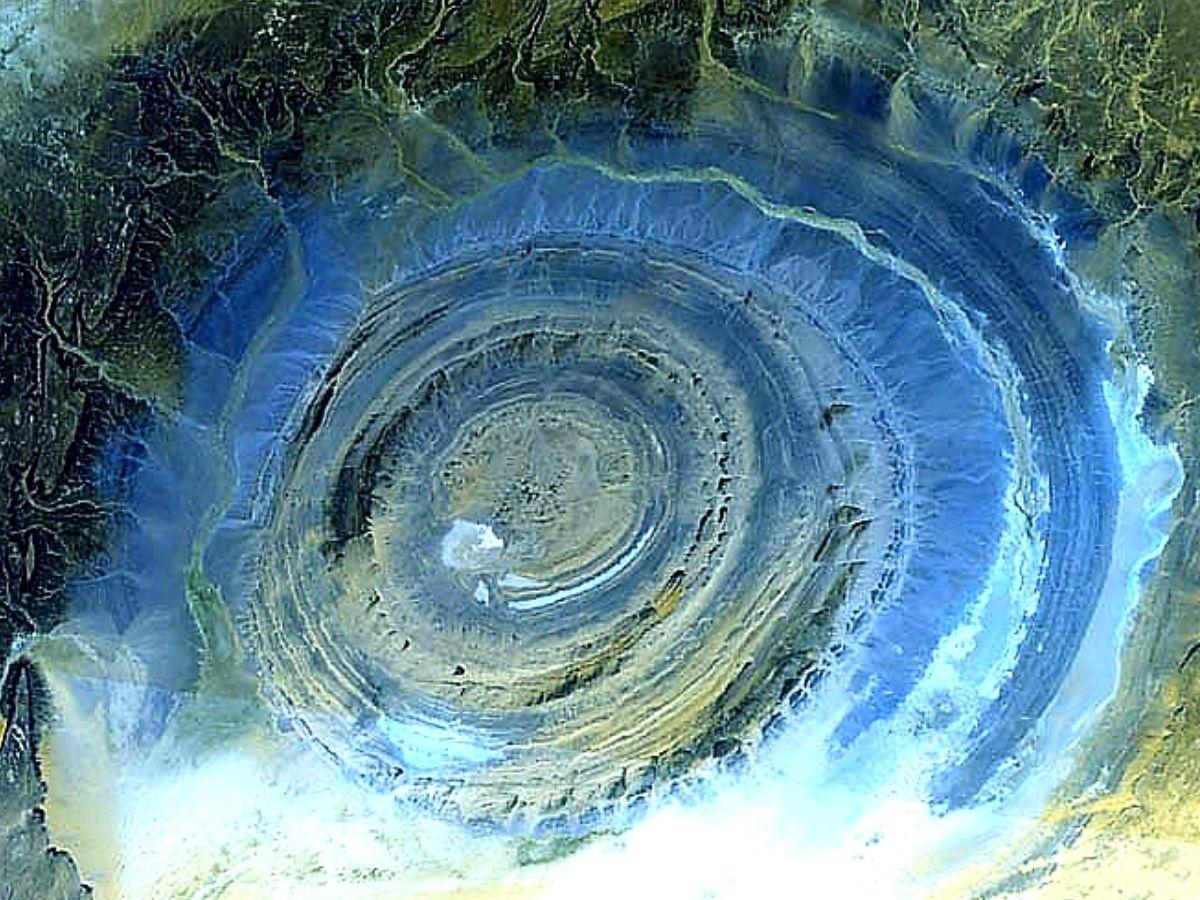
Img src – indiatimes.com
The Richat Structure, also known as the “Eye of the Sahara” or the “Guelb er Richat,” is a prominent circular geological feature located in the Sahara desert in Mauritania. It is approximately 50 kilometers (30 miles) in diameter and is visible from space. The structure is composed of a series of concentric rock layers that have been exposed over time by erosion. The outer layers are sedimentary rocks, while the inner layers are made up of metamorphic rocks.
- The Zhangye Danxia Landform, China:
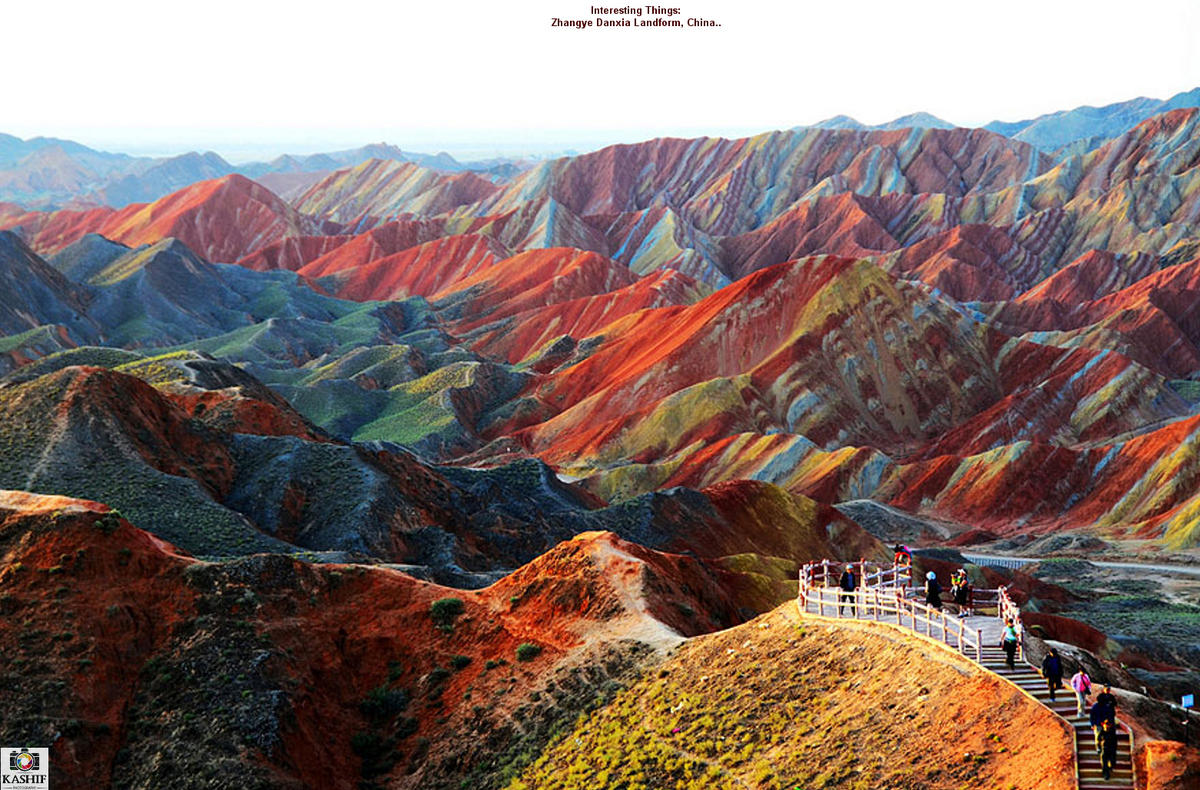
Img src -iexplore.com
The Zhangye Danxia Landform is a series of colorful rock formations in the Gansu province of China. The formations are the result of the erosion of sandstone and other sedimentary rocks over millions of years and are known for their vibrant colors and unique shape. The landform is a popular tourist destination known for its beauty and the many hiking and climbing opportunities it offers.
- The Chocolate Hills, Philippines:
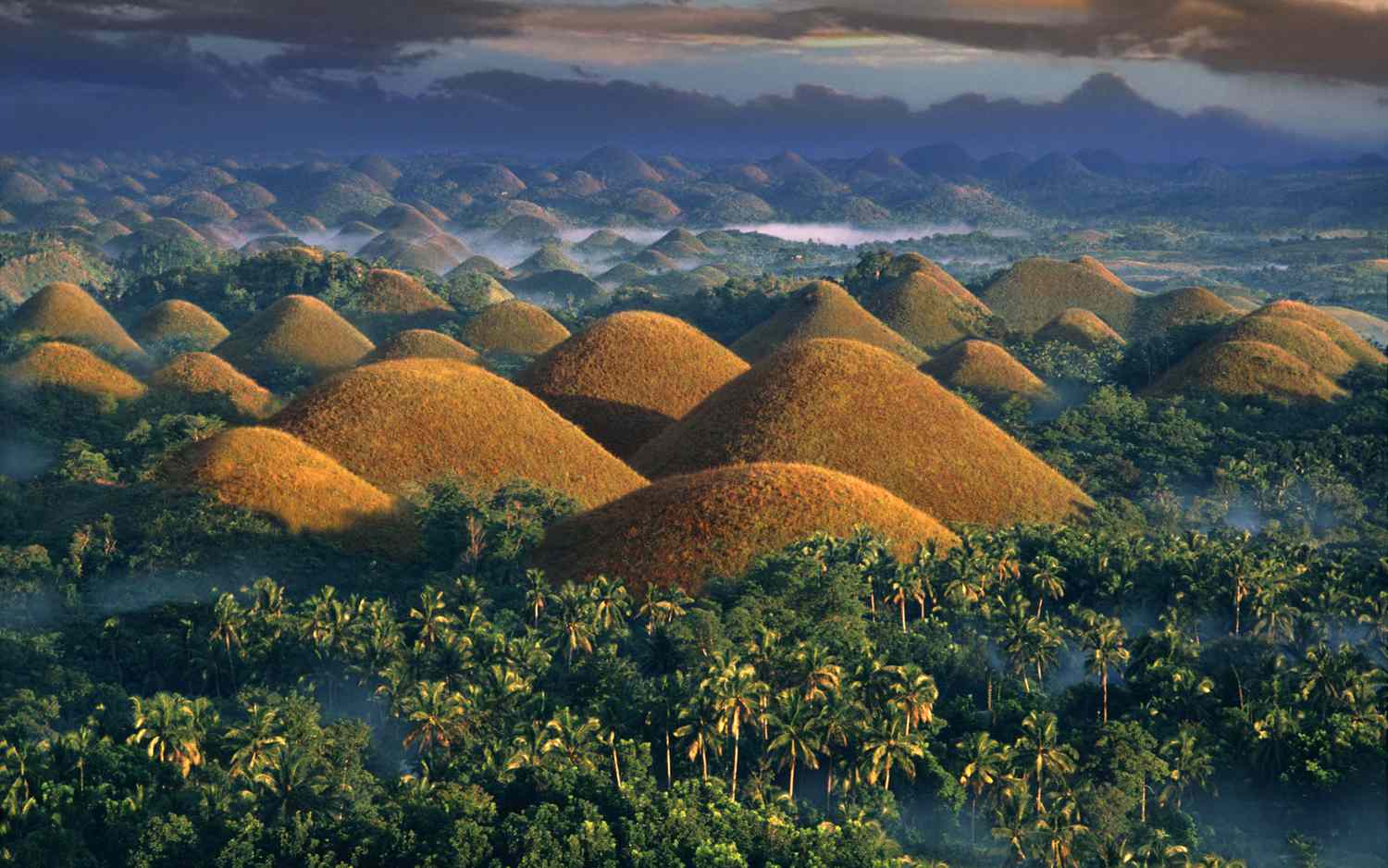
Img src – travellandleisure.com
The Chocolate Hills are a series of approximately 1,260 hills located in the Bohol province of the Philippines. They are named for their distinctive chocolate-brown color, caused by the grass covering them during the dry season. The hills range in height from 30 to 50 meters (98 to 164 feet) and are of limestone and sandstone. The Chocolate Hills are a popular tourist destination, and visitors can take a walk through the hills or take a ride on a small train that takes them to the top of one of the highest hills, where they can get a panoramic view of the surrounding area. The Chocolate Hills are also home to various plant and animal life, including several species of orchids, birds, and small mammals.
- The Plitvice Lakes National Park, Croatia:

Img src – getbybus.com
The Plitvice Lakes National Park is a large national park located in Croatia. It is known for its series of interconnected lakes, waterfalls, and forests, which create a stunning and unique landscape. The park is home to a variety of plant and animal species, including many species of birds. It is a popular tourist destination for its beauty and the many hiking and walking trails. The park is also a UNESCO World Heritage Site.
Tags – Exploring The World’s Surprising and Exotic Places, Visit The World’s Surprising and Exotic Places
